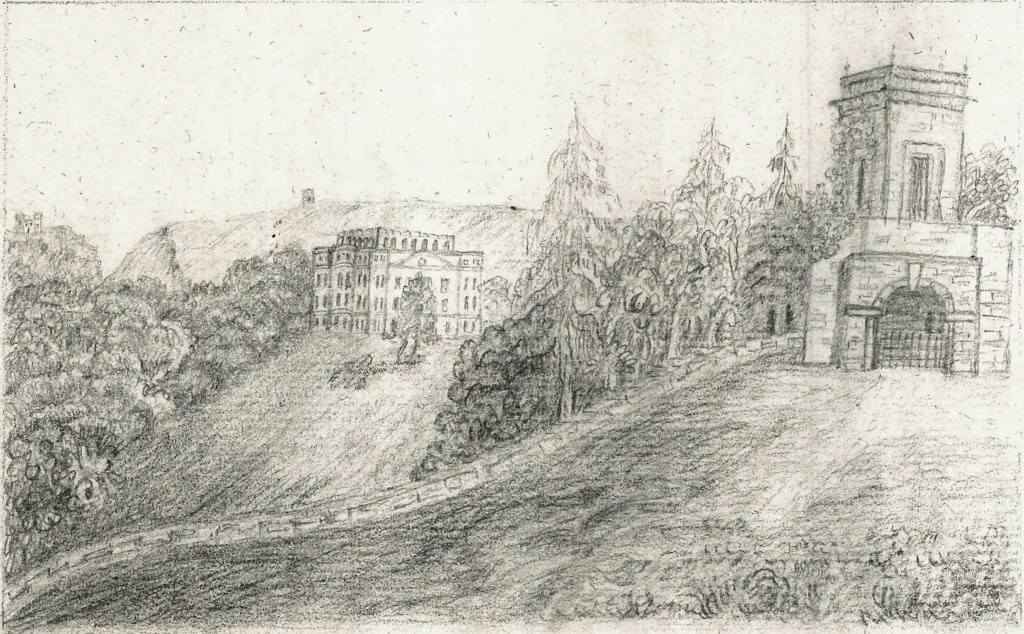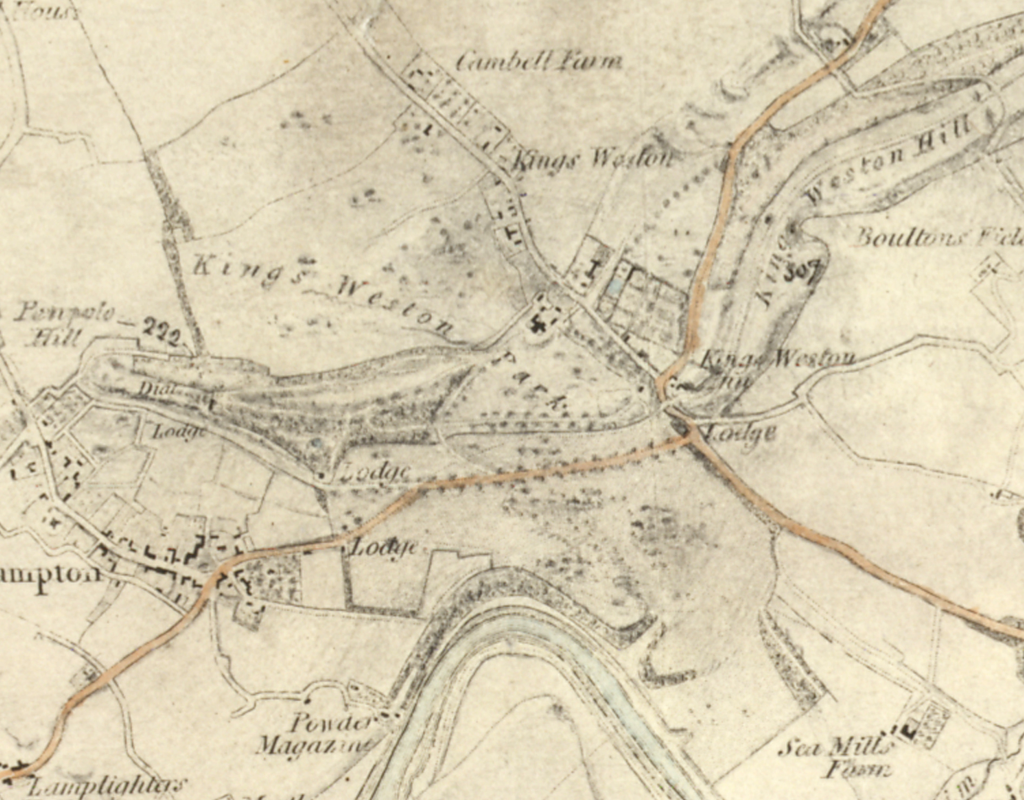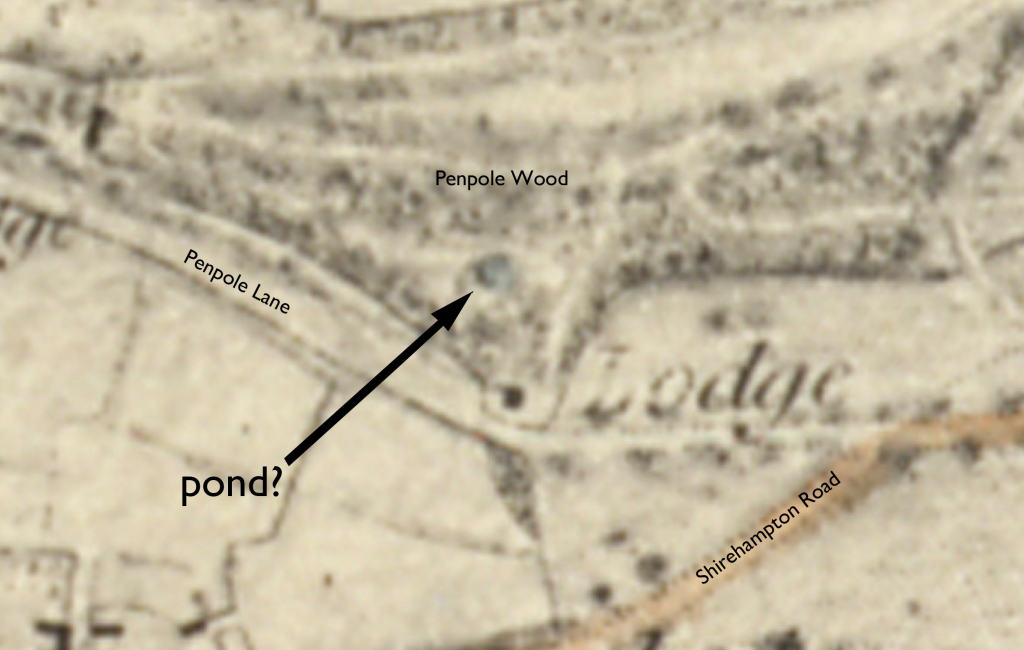In 1868 a fierce political fight broke out between Conservative and
Liberal supporters each eagerly supporting their candidates in the city’s
by-election. This was an age where electioneering could generate bitter
personal attacks and even physical violence and the 1868 election was amongst
the most divisive.
Standing as the Conservative Party candidate was John William Miles, brother of
Philip William Skinner Miles of Kings Weston House and resident there for much
of his life. The Miles family bought Kings Weston in 1834 after Lord de
Clifford had died in 1832 without an heir. John Miles’ brother, and
his father before him, had both represented the city for an unbroken period
between 1835 and 1852. John Miles no doubt wanted to continue the family’s
political legacy.
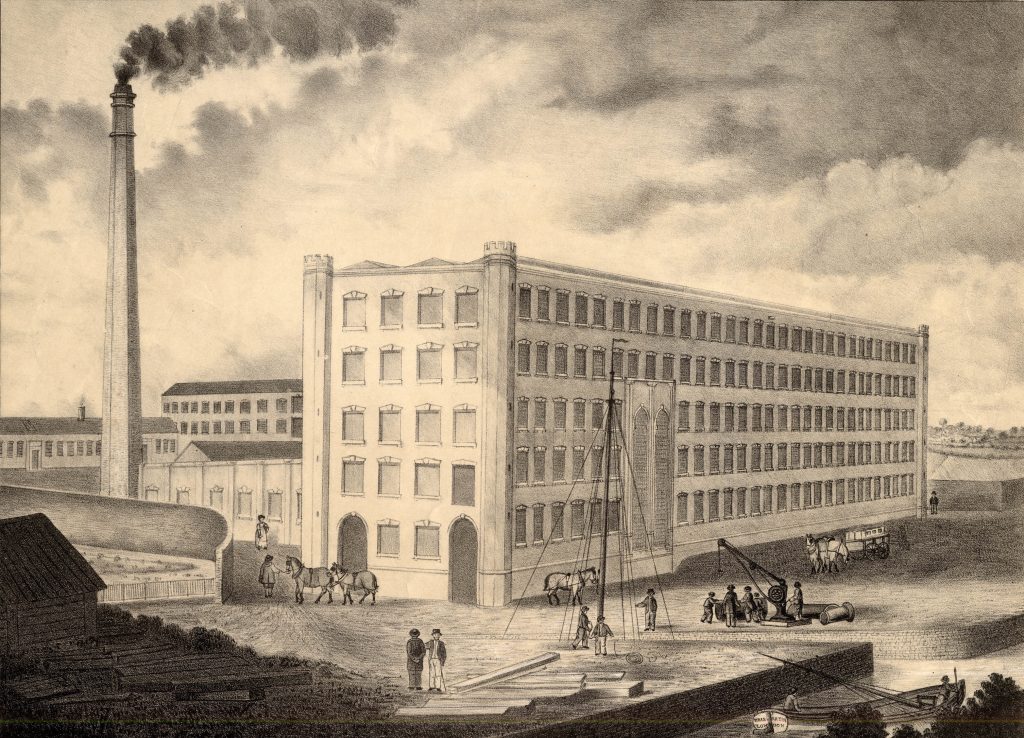
Like the other members of his family John Miles was keenly and actively involved in the industrial development of the city, but also worked tirelessly in modernising the farms at Kings Weston. He was director, at one time vice-chairman, of the Great Western Railway, a director of the Great Western Cotton Company, South Wales Union railway, and director of the Great Western Steamship Co; the SS Great Britain was registered in is co-ownership. He had been a member of the Bristol Docks committee and on the city’s council. He was a well-respected member of the mercantile class of the city, and would have made a popular choice to follow in his family’s political footsteps.
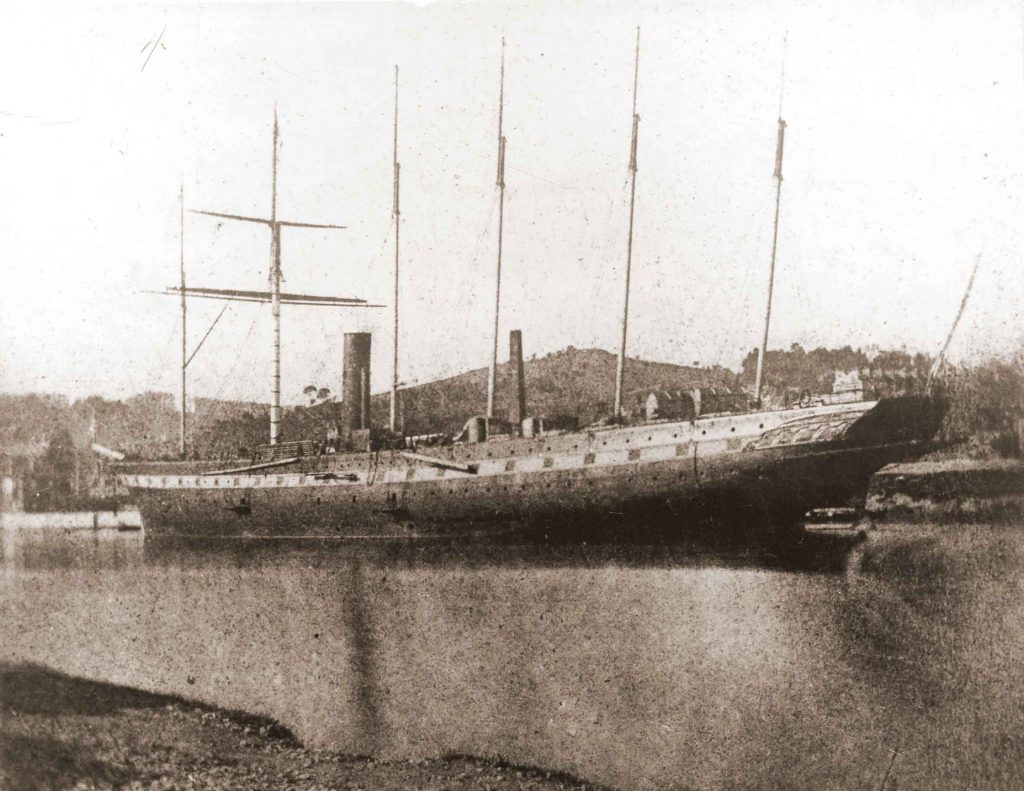
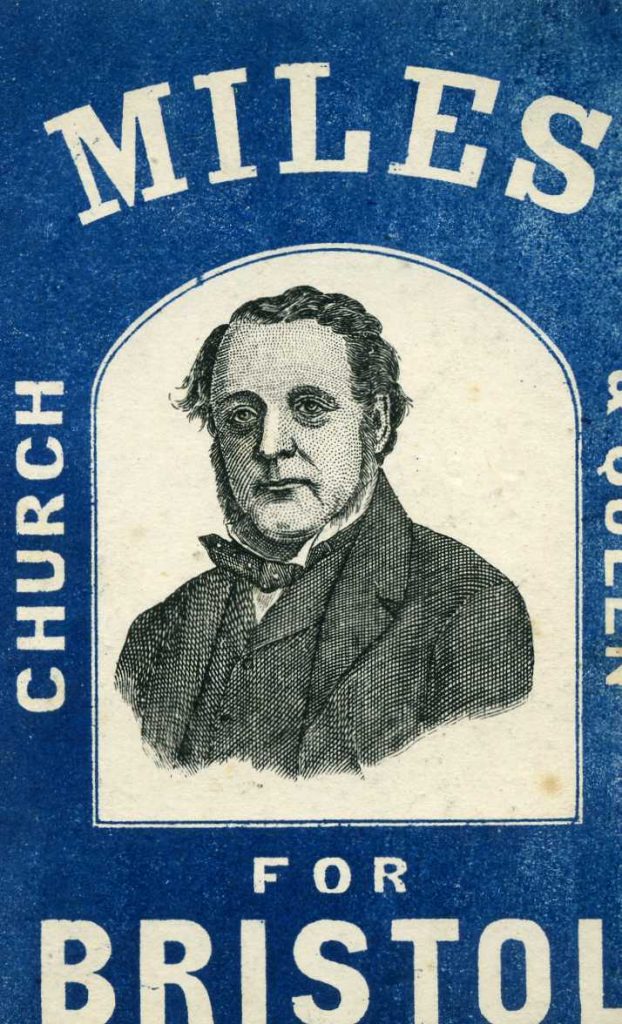
Against Miles the Liberals selected Samuel Morley, who today is best known for his statue in gardens in Lewins Mead. Campaigning was frenetic, with both parties producing handbills and posters both promoting their own candidate and demeaning the opposition. Miles handbills, many now in the collections of Bristol Museum, promoted him as a positive vote for industry and prosperity with images of shipping and the railways with which he was associated being popular motifs.
Several also carried images of the man taken from a contemporary engraving from which we could infer he was a stocky joyless looking gentleman. In reality he was well known for getting involved in family life, participating in theatrical performances, and took pleasure in breeding ferns and orchids; but perhaps the severity of the portrait suggested a man with more gravitas.
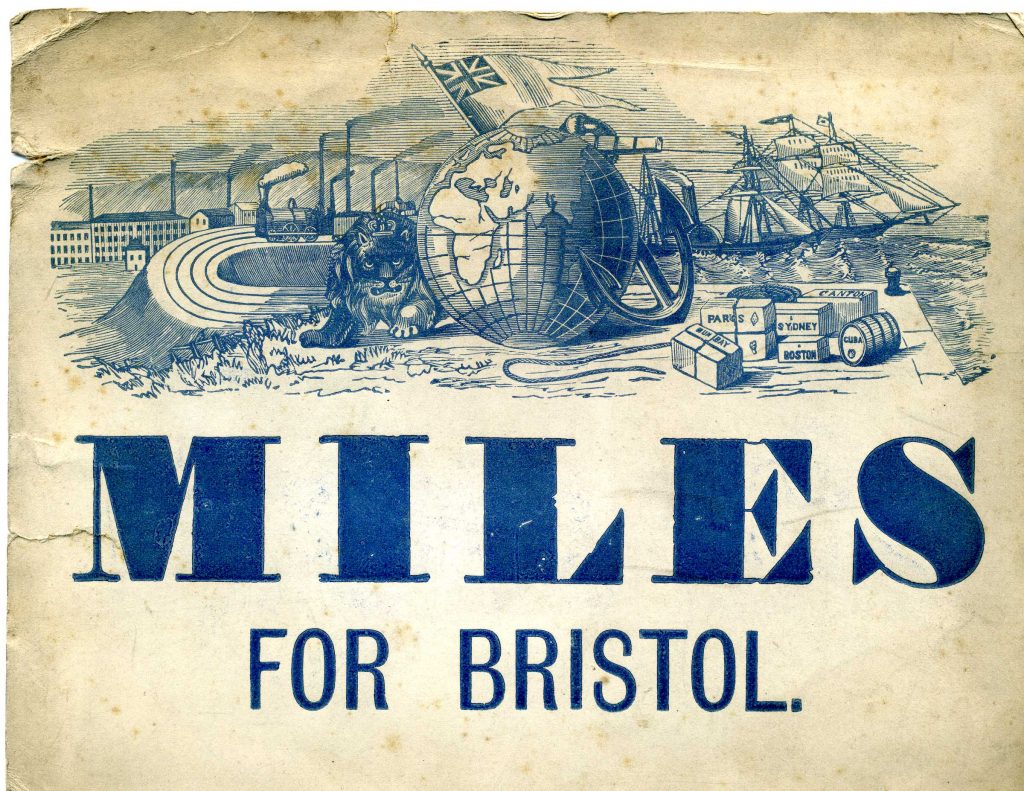
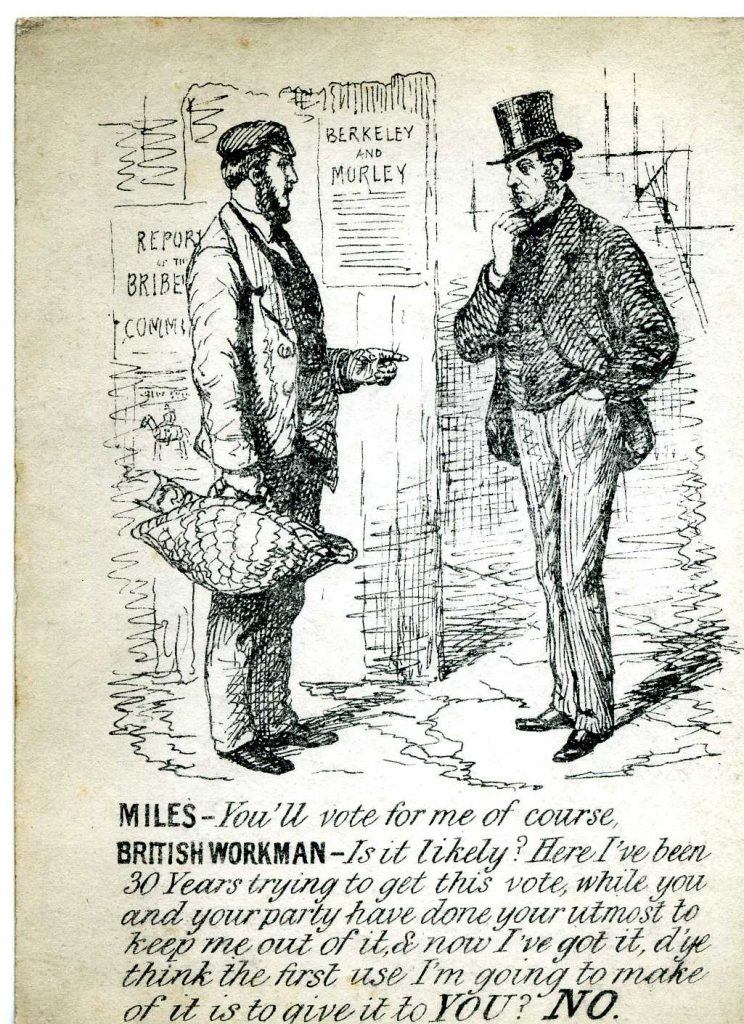
His opponents sought votes from the working classes rather than those mercantile or gentry. They noted that the Conservatives had been against broader political representation and, even at this point in time there were only around 25,000 men in the city eligible to vote.
Polling day was 30th April 1868 and Miles attracted 5,173 votes to Morley’s 4,977. Almost immediately after the election results were announced there were claims of foul play. Mr Morley claimed his defeat was due to “an undue use of money, beer, and intimidation”. The House of Commons launched an investigation and, although Miles was inducted into the House, it was only so for less than two months before the result was declared void. The committee charged with investigating the election uncovered the hiring of “roughs” to intimidate voters, with wholesale use of treating to entice votes, and paying ineligible men to impersonate voters. Miles was, through his agents’ actions, found guilty of bribery.
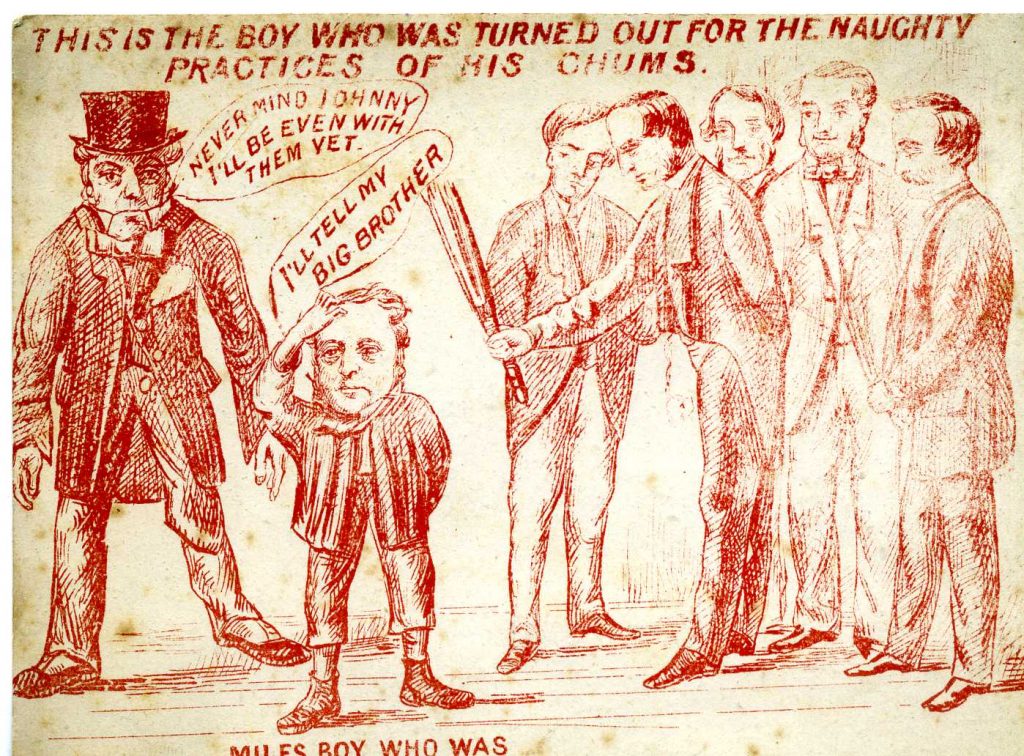
The election was not re-run, instead it was held back for the November General election. There was considerable ill feeling in all camps following the incident and, perhaps foolishly, Miles was fielded as the Conservative candidate again. This time the opposition had a cause and were vociferous in their condemnation of Miles. Numerous damning and sensationalist handbills were published, and the bitterness boiled over into violence and vandalism with damage to property. Unsurprisingly Miles’s vote collapsed and both candidates fielded by the Liberal Party came in ahead of him.
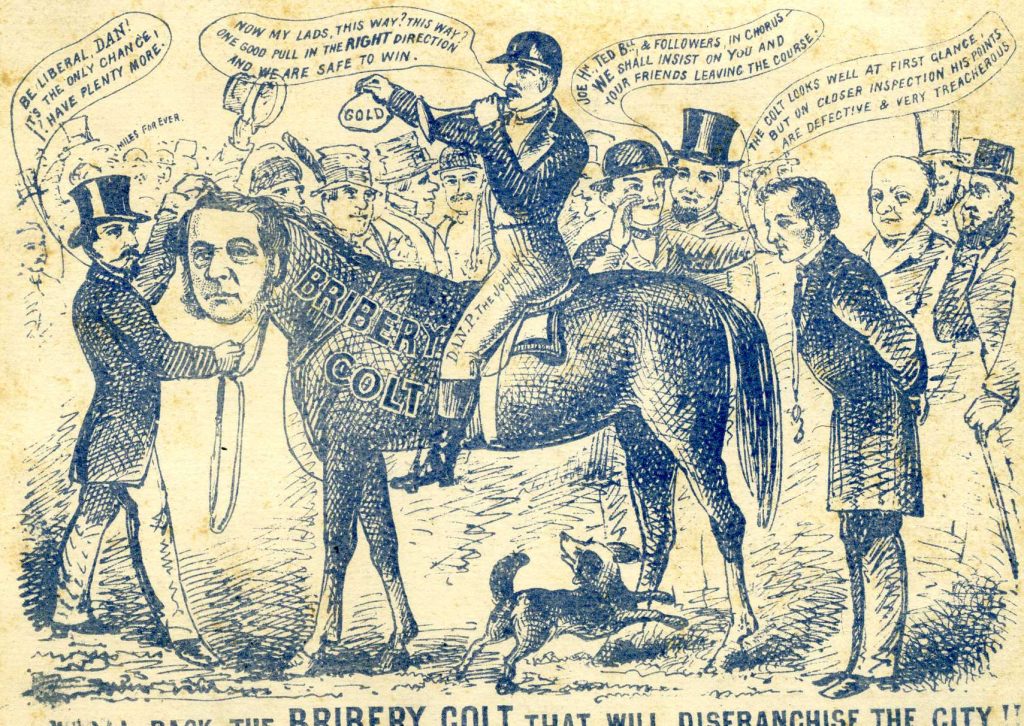
It was a sad end to the political ambitions of the Miles family who had previously been popular and well regarded representatives of their city. The actions of the party agents brought shame on the Miles family and on Kings Weston. John’s two months were the last time any resident of Kings Weston house represented Bristol in the House of Commons. John Miles returned to improving the agricultural progress of the Kings Weston estate, and died at Penpole House ten years later. He never married.


